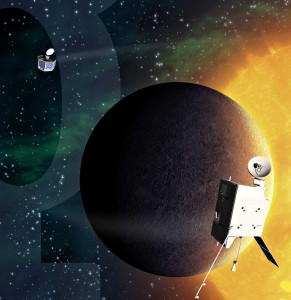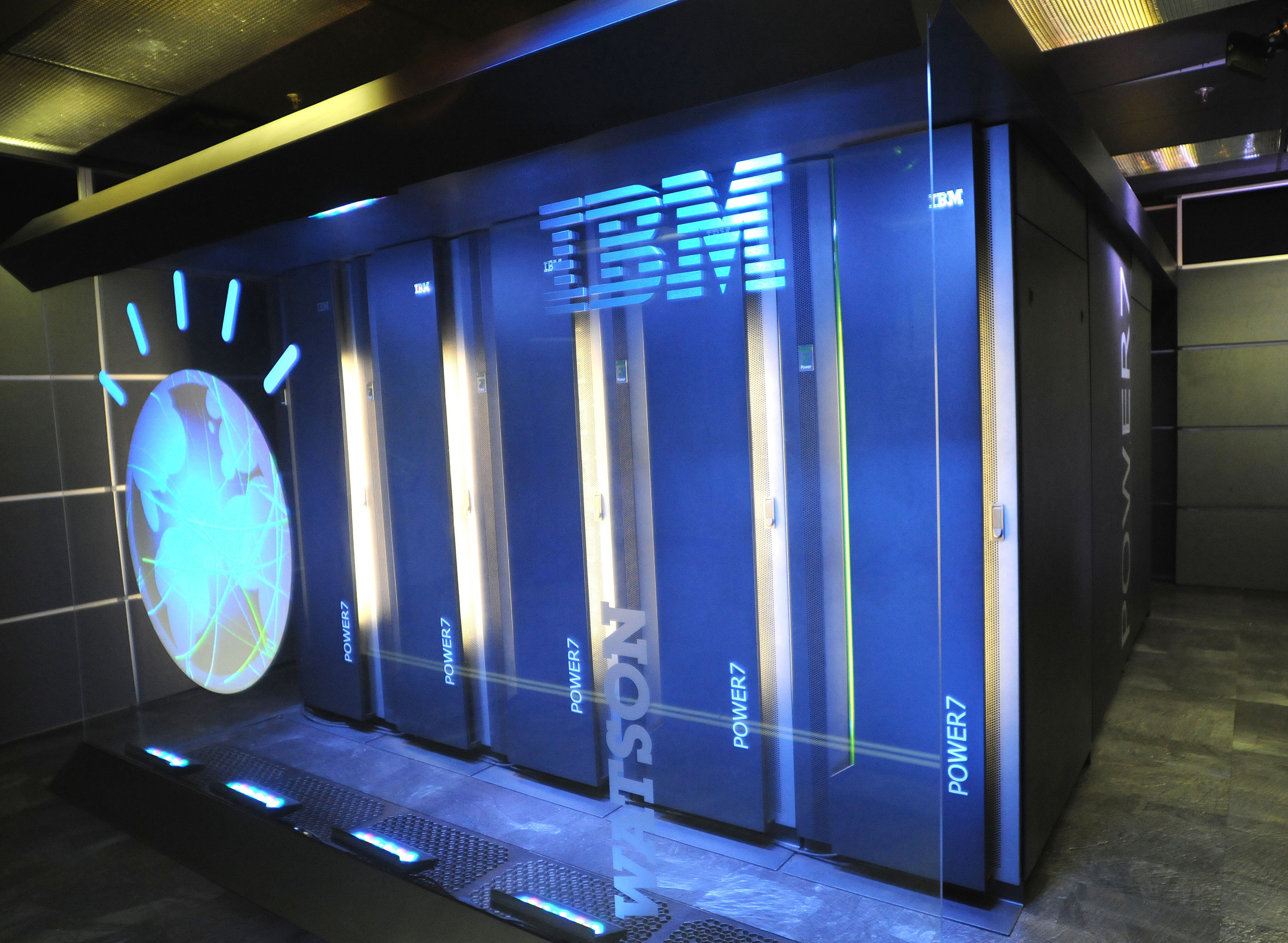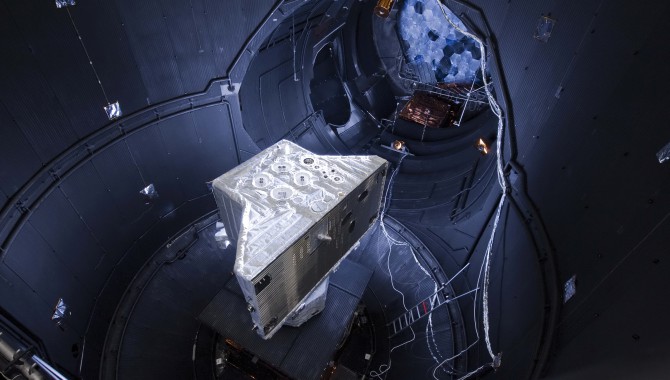
By Elsa Montagnon
BepiColombo is a collaborative mission to Mercury between the European Space Agency (ESA) and the Japanese Aerospace Exploration Agency (JAXA) due to launch in August 2015.
The mission is named after Giuseppe (Bepi) Colombo (192-1984), an Italian scientist who studied Mercury’s orbital motion in detail.
Dedicated to the detailed study of Mercury and its magnetosphere, the mission consists of two spacecraft, the Mercury Planetary Orbiter (MPO) and the Mercury Magnetospheric Orbiter (MMO). Both will be launched as a single composite spacecraft that also includes a dedicated propulsion module and a sunshield for the MMO. ESA is providing the MPO spacecraft, the MMO propulsion module and sunshield, the launch, the operation of the composite spacecraft until delivery of the MMO in its operational orbit around Mercury, and the operations of the MPO around Mercury. JAXA is providing the MMO spacecraft and its operations around Mercury.
This is the first time that ESA and JAXA have collaborated to such a large extent. I will try to address the questions of how the collaboration has been established and how it is working (including the effects and management of cultural differences) from my perspective as the BepiColombo spacecraft operations manager. My team and I are located at ESA’s European Space Operations Centre (ESOC) in Darmstadt, Germany. It is from there that we will control the composite spacecraft from its separation from the launcher until the MPO completes its scientific mission at Mercury, about eight years later.
The Mission

The structural and thermal model of the BepiColombo Mercury Planetary Orbiter in the Large Space Simulator at ESA’s Test Centre in Noordwijk, the Netherlands, ready for a dry run in preparation for thermal-balance testing.
Photo Credit: ESA
The scientific mission objectives of BepiColombo include exploration of Mercury’s unknown hemisphere, investigation of the geological evolution of the planet, analysis of the planet’s internal structure, investigation on the origin of Mercury’s magnetic field and its interaction with solar wind, and characterization of the composition of the planet’s surface. To accomplish these and other objectives, the MPO has a payload of eleven instrument packages, and the MMO payload complement includes five instrument packages designed to study fields, waves, and particles.
Launch is planned for August 2015 by an Ariane 5 from Kourou, French Guiana. The long cruise phase will include a combination of electric propulsion and gravity-assist maneuvers (once by Earth, twice by Venus, and four times by Mercury). Arrival at Mercury is currently planned for January 2022. After delivery of the MMO to its operational orbit and jettisoning of its sunshield, the MPO will finally reach its target orbit and start its scientific mission, which will last one Earth year, and may be extended by another Earth year.
My team and I are responsible for conducting composite spacecraft operations from the BepiColombo Mission Operations Centre (BMOC), located at ESOC. For communications with the spacecraft, we will use the ESA network of Deep Space Antennas and JAXA’s Usuda and Uchinoura ground stations. After delivery of the two scientific spacecraft to their final orbits, we will remain responsible for operations of the MPO. In Japan, an operations team located at Sagamihara will be responsible for MMO operations. This team will interface with us until separation of the MMO from the composite spacecraft. Science ground segments in Europe and Japan will support the operations centers in the planning of scientific operations and archiving of scientific data. Finally, instrument operations will be supported by teams typically located at an instrument’s home institution.
Defining the Collaboration
The collaborative mission was selected by ESA in 2000. Like all missions selected as part of ESAs mandatory science program, it underwent studies, first within ESA, then supported by the two main industrial prime contractors in Europe. Finally, at the beginning of 2007, a contract was placed with Astrium Germany to implement the European space-segment contribution.
The collaboration with JAXA on this mission was formalized in a memorandum of understanding signed in April 2007 by the ESA director general and the JAXA president. A slim document of fourteen pages, it establishes the framework of this collaboration in terms of responsibilities, management, handling of reviews, transfer of goods and data, access to scientific data, intellectual property rights, and release of public information. It was complemented shortly after by a program plan working out the principles outlined in the memorandum in more detail.
The First Meeting
Our first meeting with JAXA took place in October 2006 at ESOC. As the popular saying goes, “You never get two chances to make a good first impression.” This meeting was therefore very important, as it would set the tone for the entire collaboration.
At ESA, we are used to handling international collaboration. We interact with colleagues from our nineteen member states as part of our daily work; our contractors may come from additional countries outside the member states. We work daily with industrial representatives and scientists from member states, as well as from long-standing partners such as the United States or Russia. These culturally challenging interactions are facilitated by an important though easily forgotten fact: most of these partners are familiar with the ESA environment. They normally know how we are organized, who does what, and what stands behind the job titles. When we met with our JAXA colleagues for the first time, all this was new to most of them, as their ways were to us.
We did not talk about how we would later work together, but focused on trying to understand each others ways of doing business.
We therefore took care when defining the meeting agenda to dedicate time to background information on our centers and organizations. On the ESOC side, the meeting was chaired by my boss, the BepiColombo ground segment manager. At the beginning of the meeting, his boss, the head of the Mission Operations Department, which is responsible for spacecraft and ground-station operations at ESOC, joined to introduce himself personally to our Japanese colleagues and present the ESA organization, top-down, as well as a comprehensive overview of the missions being operated at ESOC.
We then spent some time explaining our operations concepts to each other. We did not talk about how we would later work together, but focused on trying to understand each others ways of doing business. Then we took them on a tour of ESOC’s mission operations facilities.
The rest of the meeting was dedicated to discussing in detail all aspects of our interactions.
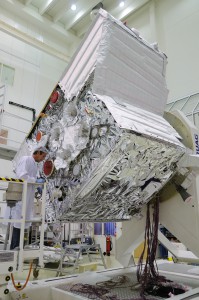
The BepiColombo Mercury Planetary Orbiter structural and thermal model on its ground-handling trolley with the high-temperature thermal blankets (white) partially installed. The conventional thermal blankets (silver) are visible where the high-temperature insulation has yet to be fitted.
Photo Credit: ESA
For this first meeting, we felt strongly that it was important to make responsibilities clear. While during meetings among European colleagues we do not normally evaluate statements by who is delivering them, we felt it would be very important to have topics explicitly covered by the person in charge of them in this first meeting with JAXA. We were also aware that our meetings occasionally become quite lively, with participants bringing up their views or opinions spontaneously on the subjects being discussed, sometimes even interrupting the speakers. We realized that this could blur the picture we were trying to establish, and therefore agreed that we would try to avoid that in the meeting.
The meeting took two full days. We had about ten ESA participants and eight from JAXA. On the evening of the first day, we arranged to have dinner together at a nearby restaurant.
One of the cultural differences manifested in meetings with our JAXA colleagues is their approach to internal communications. The MMO project manager or the ground segment manager normally handles all interactions with other MMO team members, communicating with their team in Japanese and with us in English. This pattern remains the same whether the team is physically located with us, as was the case for the first meeting, or connected by phone or videoconference, as is now mostly the case. This has certainly contributed to removing the language barrier almost completely, since our interlocutors are fluent in English. On our side, there are now more spontaneous interventions from the team than in the first meeting, but JAXA’s way of communicating helps keep discipline on our side.
Setting Up Interfaces
We have been holding yearly operations interface meetings since 2008. The initial meetings were aimed mainly at clarifying the requirements each agency placed on the other, in preparation for the ground-segment requirements review, which took place in November 2009. Our Japanese colleagues adopted very easily the ground segment interfaces that we proposed, based on our experience with other external agencies. But cross-support requirements needed to be consolidated in more detail. We have worked with JAXA to produce an implementation agreement, working out the responsibilities and services outlined in the program plan in detail, and as many interface-control documents defining the technical details of the relevant interfaces as necessary. Some of these documents—for instance, regarding ground station cross-support—are specific to the JAXA interface; others are shared across all external partners.
Some of the interface work has required considerable discussion, flexibility, and creativity. For instance, the MPO-MMO onboard interface is such that we are blind to what JAXA is uplinking to the MMO. This raises a concern on the difficulty for the two centers to support near-real-time interactive MMO operations, as is typically the case during near-Earth commissioning. We raised this point in the very first meetings with JAXA, and JAXA came back with their own concerns on the matter in 2010. After analysis of the MMO database structure, we came up with some ideas on how to improve the visibility by extra nonstandard processing of the data blocks by our systems. Requirements have been placed and are being implemented.
Another specific aspect of this collaboration is the availability of technical documentation. JAXA only produces a subset of their documentation in English. We specified and justified very early on in the project the information to be shared with ESA. It is being provided either in a document in English, or translated in English within a document in Japanese. Instead of full documents, there have been cases—for instance, for joint reviews—where JAXA has summarized the review-relevant information in the form of viewgraphs. Though the amount of information we get access to is limited compared with what is normally available on a space program, it has until now been compatible with our needs.
Outlook
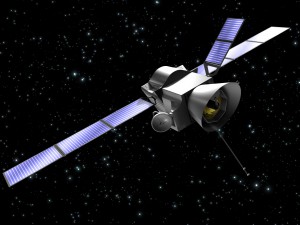
This artist’s view shows the two BepiColombo orbiters mounted on top of their transfer module, forming a single composite spacecraft.
Image Credit: ESA/C. Carreau
We are now moving into the ground segment implementation and operations preparation phase. A lot remains to be done, but we are benefiting from having established personal and formal interfaces with our JAXA colleagues early. Thanks to the preparatory work, the scope of the activities lying ahead of us is well-defined.
Any joint decisions with JAXA take a long time to prepare. Our Japanese colleagues do not normally make decisions during the interface meetings. The meetings are used to collect information, discuss issues, and endorse prepared decisions. So far, this has not been a problem, but it requires careful attention in the preparation and timing of the meetings.
I have taken Japanese lessons regularly between 2004 and 2011, and have been to Japan twice, in 2005 and 2009. Neither trip was related to BepiColombo. When I started learning Japanese, I was mostly interested in getting exposure to a non-Western culture. At that time, BepiColombo was very much in the background and did not enter into my decision to study the language. I will never speak nor read Japanese fluently—I study too little for that—but I have developed a keen sensibility for the Japanese culture. This experience has changed me, and certainly influences the way I handle the interaction with our JAXA colleagues.
The collaboration with JAXA is an aspect of the mission that I enjoy a lot. It is undoubtedly one of the challenges of the BepiColombo mission: we carry the huge responsibility of delivering the MMO spacecraft safely into its orbit. We have managed to establish a relationship based on mutual trust and respect. Though not sufficient, it is a necessary condition to overcome the difficulties expected on the way.
Related Links
- ESA BepiColombo
- JAXA BepiColombo
- BepiColombo Videos
About the Author
 Since 2007, Elsa Montagnon has been leading the flight control team for BepiColombo, the ESAJAXA cornerstone mission to Mercury. Her responsibilities include the specification, acceptance, and validation of the ground segment preparation; validation of flight operations plans and procedures; and build-up and training of the flight control team. Since 2007, Elsa Montagnon has been leading the flight control team for BepiColombo, the ESAJAXA cornerstone mission to Mercury. Her responsibilities include the specification, acceptance, and validation of the ground segment preparation; validation of flight operations plans and procedures; and build-up and training of the flight control team. |






